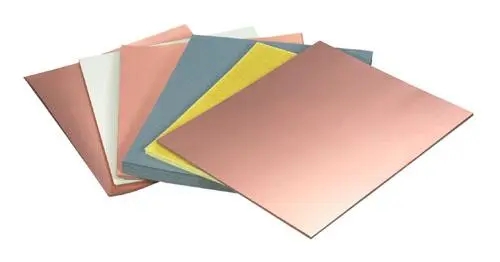What are the base materials of PCB?
There are several types of materials used as substrates for PCBs. Some common materials include:
- FR-4: This is a substrate material widely used in PCBs. It is made of woven fiberglass cloth and epoxy resin, which has good electrical insulation and mechanical strength.
- Ceramics: Ceramic materials, such as alumina, can be used as substrates for PCBs. They have good thermal performance and are ideal for high power applications.
- Polyimide: This is a flexible heat-resistant material that is often used in flexible PCBs. It has good electrical and mechanical properties, but is not as strong as other materials.
- Metal core: Metal core PCB uses metal substrates, such as aluminum, copper or stainless steel as the base material. These PCBs have good thermal conductivity and are typically used in high power LED applications.
- Rogers: Rogers is a ceramic filled PTFE substrate with good high frequency electrical properties. It is commonly used in radio frequency applications such as antennas and high frequency circuits.
- Teflon: Teflon is a fluorine-containing polymer with low dielectric loss and good high-frequency performance. It is commonly used in microwave and millimeter wave applications.
These are just a few examples of materials used as PCB substrates. The choice of material depends on the specific requirements of the application, such as its intended use, frequency range, and thermal performance.



